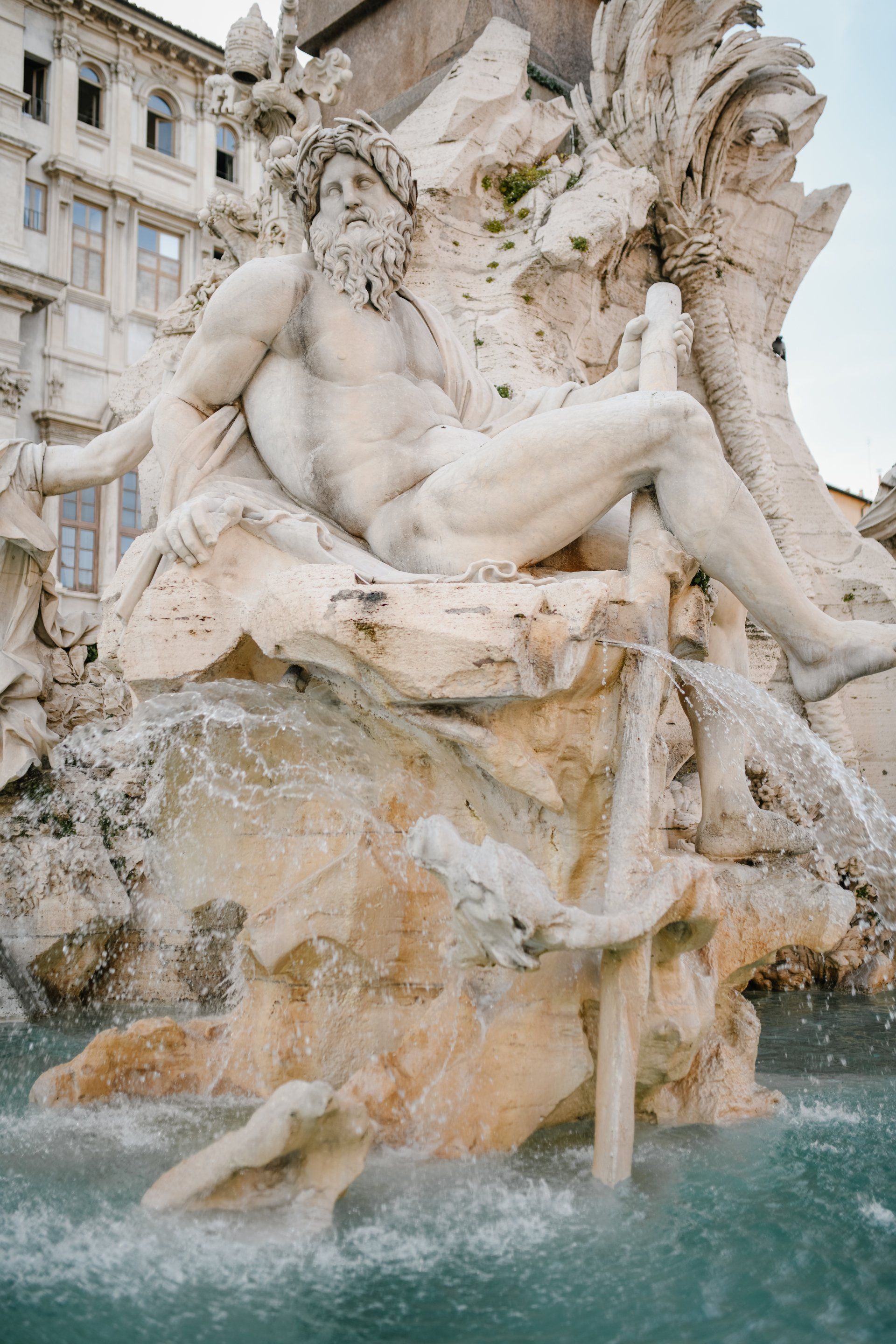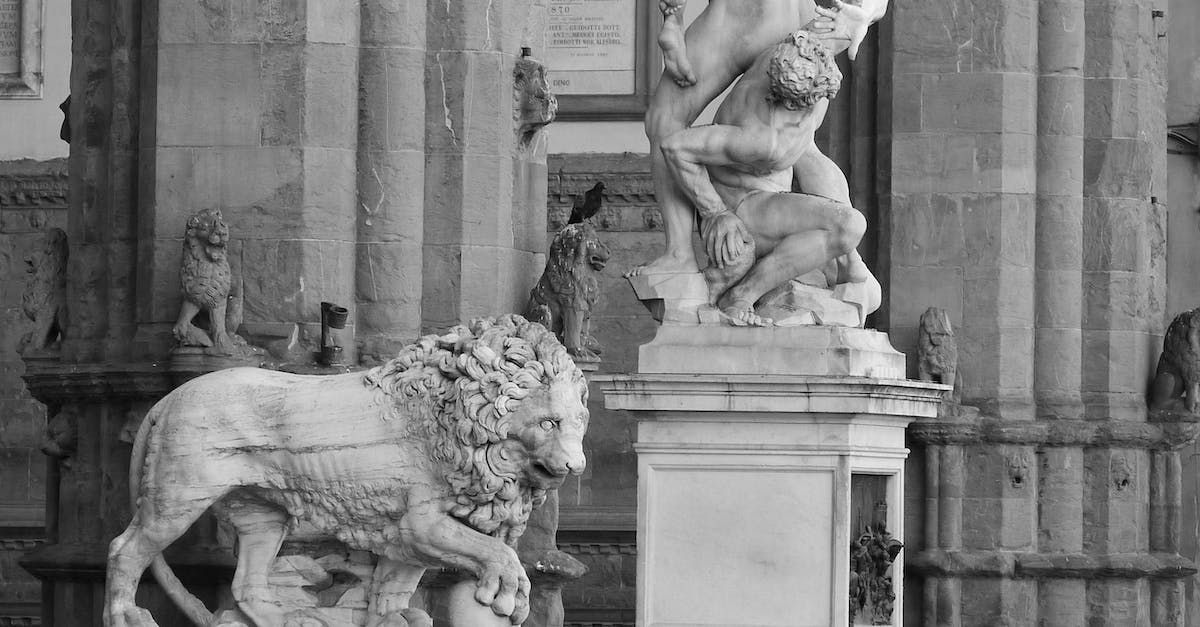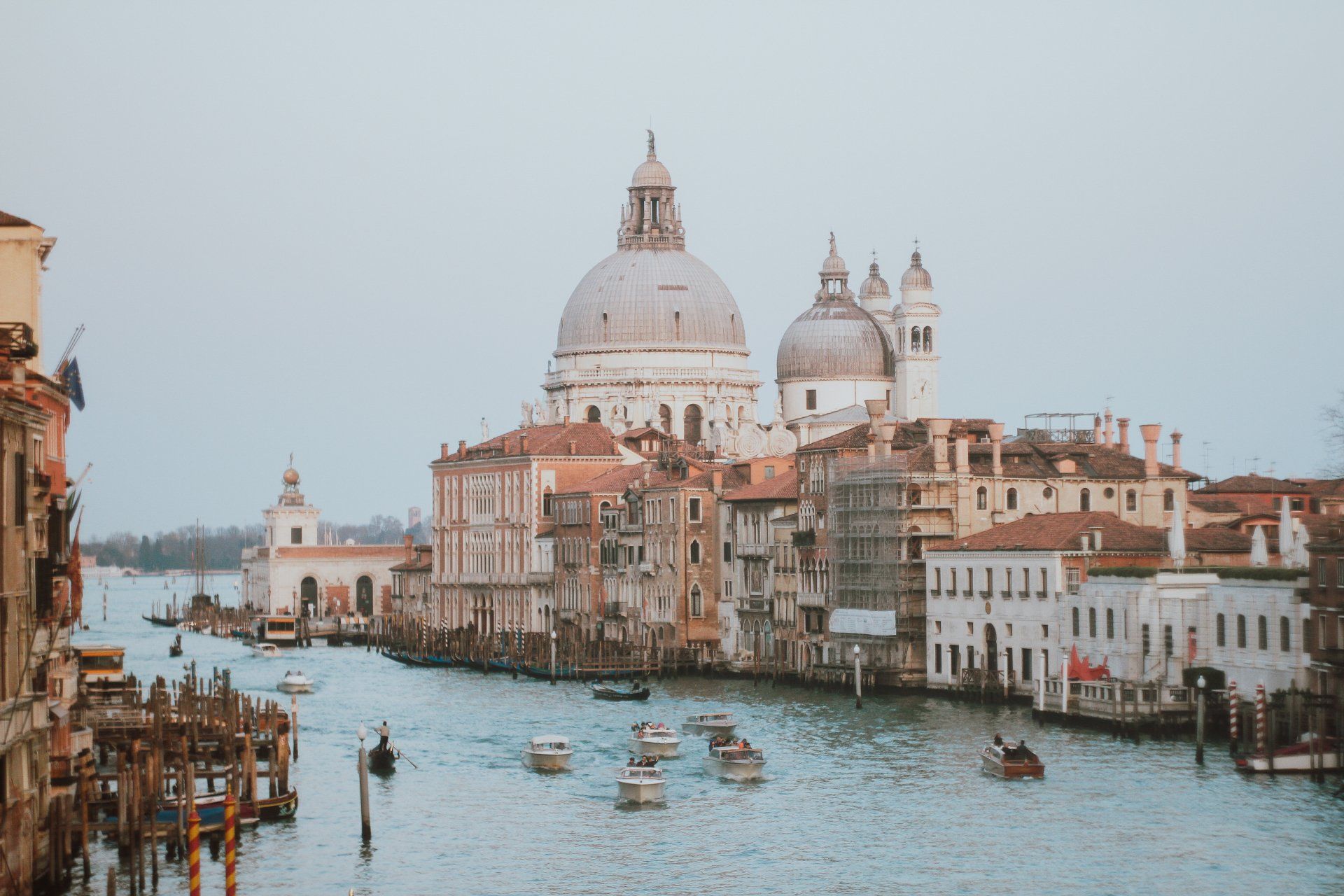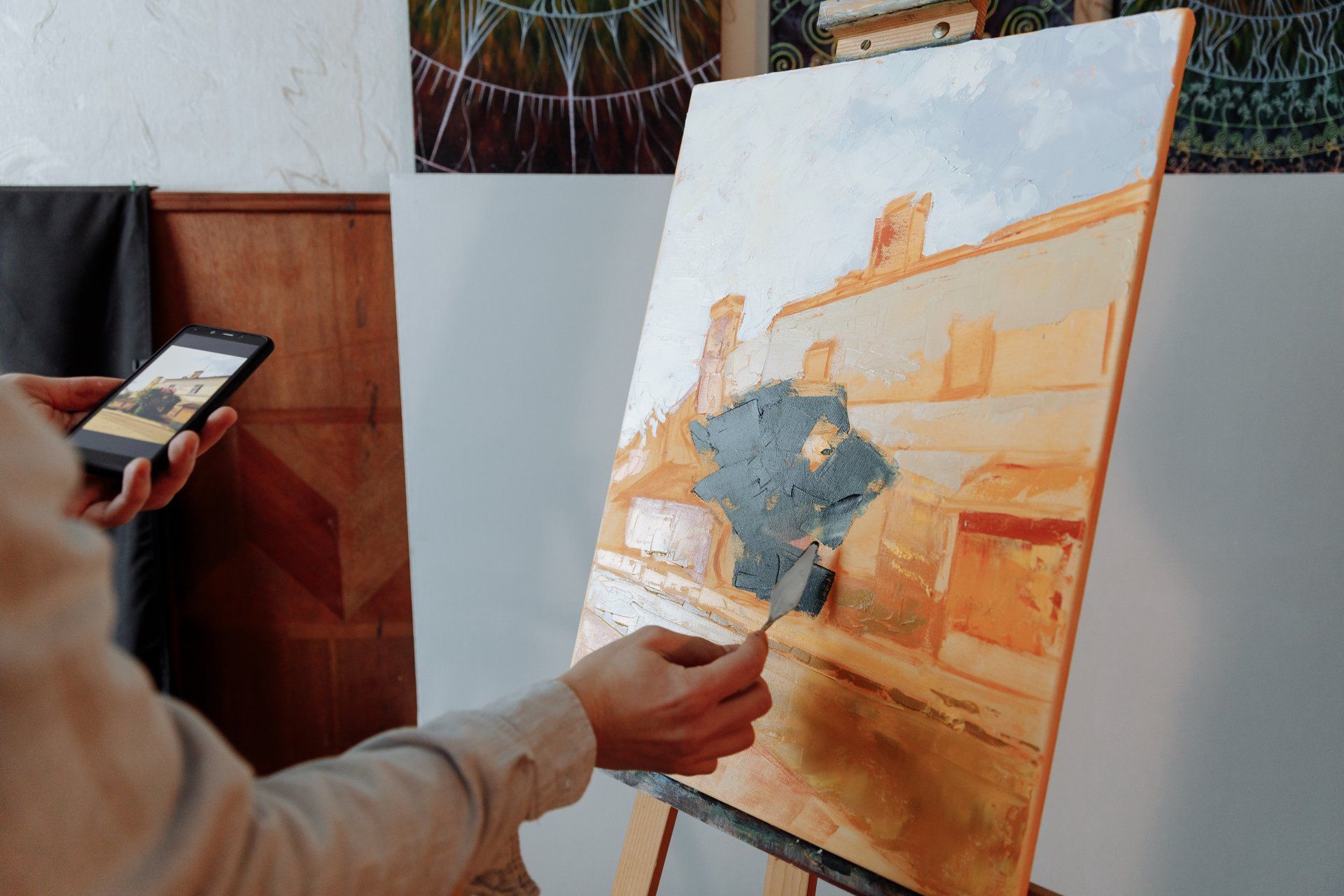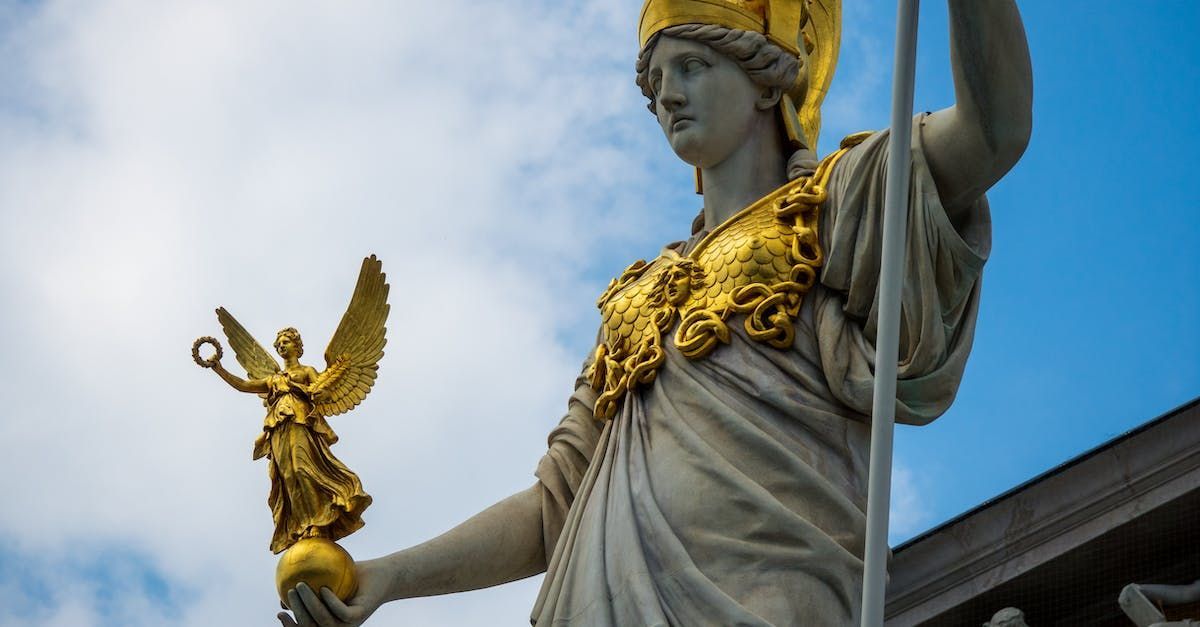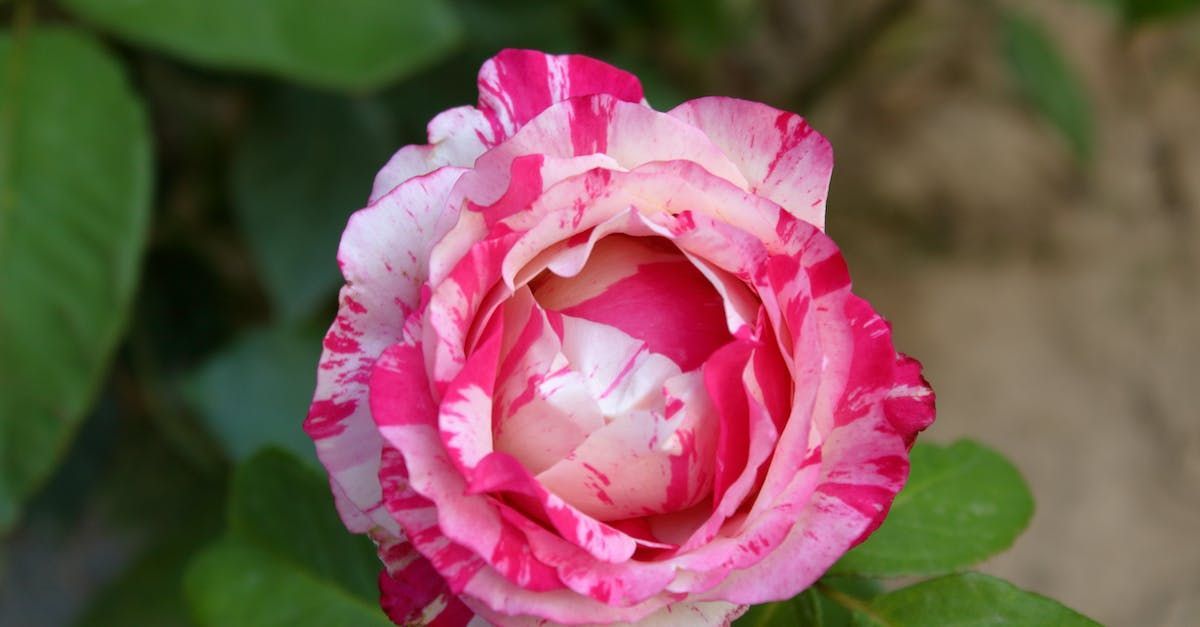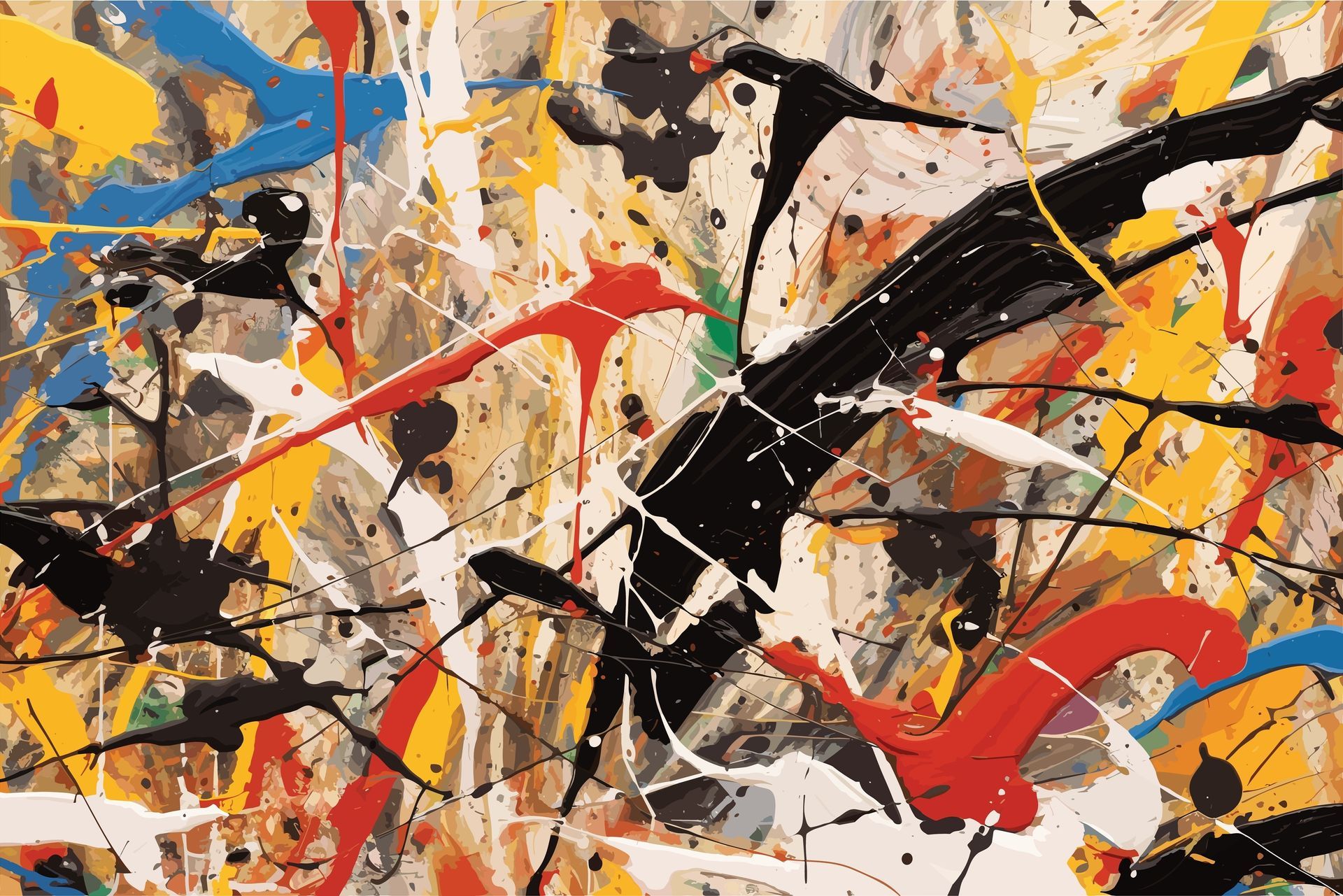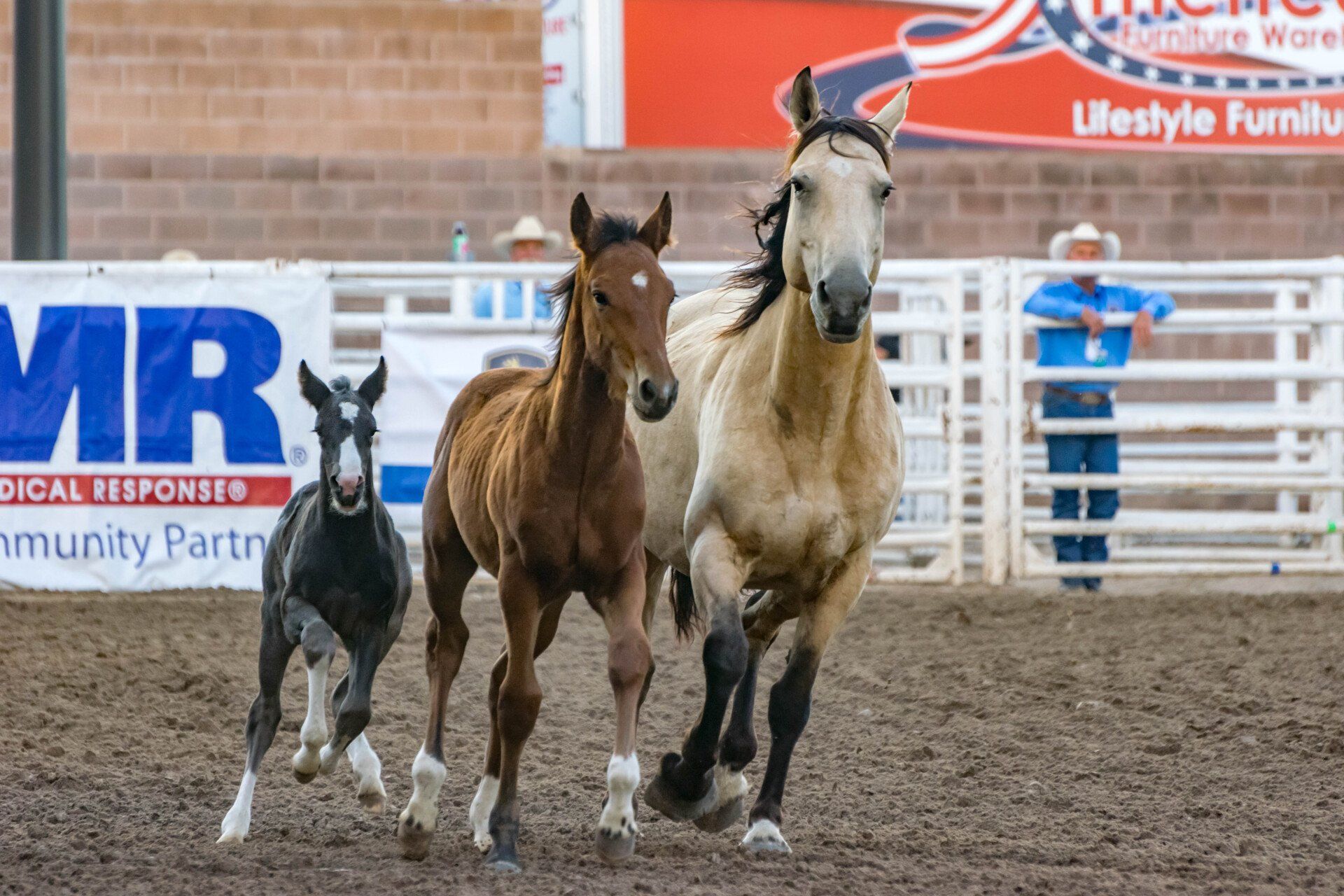Don Weller
Capturing the Essence of the Cowboy Lifestyle through Art

Don Weller is an esteemed contemporary artist celebrated for his remarkable ability to depict the essence of the cowboy lifestyle in his paintings. His evocative artworks portray cowboys on horseback, immersed in the rugged beauty of the American West. This article explores Weller's unique artistic style, his dedication to capturing the spirit of the cowboy, and the enduring legacy of his work.
Capturing the Essence of the Cowboy Lifestyle:
Don Weller's paintings go beyond mere representation; they transport viewers to the heart of the American West and the cowboy way of life. His exceptional skill in capturing the essence of the cowboy lifestyle is evident in every brushstroke. Through his mastery of composition, color, and technique, Weller brings to life the beauty and hardships of the American West, paying tribute to the timeless spirit of the cowboy.
Depicting Cowboys on Horseback:
A recurring theme in Weller's artwork is the depiction of cowboys on horseback. These figures become the embodiment of the Western spirit, showcasing strength, resilience, and a profound connection with the land. Weller's keen attention to detail, from the subtle expressions on the cowboys' faces to the intricate rendering of their attire and equipment, adds authenticity to his paintings, making them relatable and captivating to viewers.
Vast Landscapes as Backdrops:
Weller's paintings are often set against vast, sweeping landscapes that emphasize the grandeur and beauty of the American West. These backgrounds not only serve as a stunning visual element but also provide context and narrative to his artworks. Whether it's a sun-drenched prairie, a rugged mountain range, or a quiet river valley, the landscapes in Weller's paintings invite viewers to immerse themselves in the untamed splendor of the Western frontier.
Balancing Beauty and Hardship:
One of the distinguishing features of Weller's artwork is his ability to capture both the beauty and the hardships of the cowboy lifestyle. His paintings exude a sense of awe and admiration for the Western landscape while acknowledging the challenges and sacrifices faced by those who worked the land. Weller's art celebrates the courage and perseverance of the cowboy, encapsulating the duality of the Western experience.
The Enduring Legacy:
Don Weller's impact on the art world and the appreciation of Western art cannot be overstated. His dedication to preserving the spirit of the cowboy through his paintings has earned him a well-deserved reputation as one of the most respected contemporary cowboy artists. His artworks continue to inspire and captivate audiences, evoking a sense of nostalgia and reverence for the cowboy way of life.
Don Weller's ability to capture the essence of the cowboy lifestyle through his paintings is a testament to his exceptional skill as an artist and his deep understanding of Western culture. Through his depictions of cowboys on horseback against the backdrop of vast landscapes, Weller transports viewers to a bygone era, allowing them to experience the beauty, hardships, and enduring spirit of the American West. As his legacy continues to unfold, Weller's artwork serves as a timeless tribute to the cowboy and a testament to the power of art in preserving cultural heritage.
